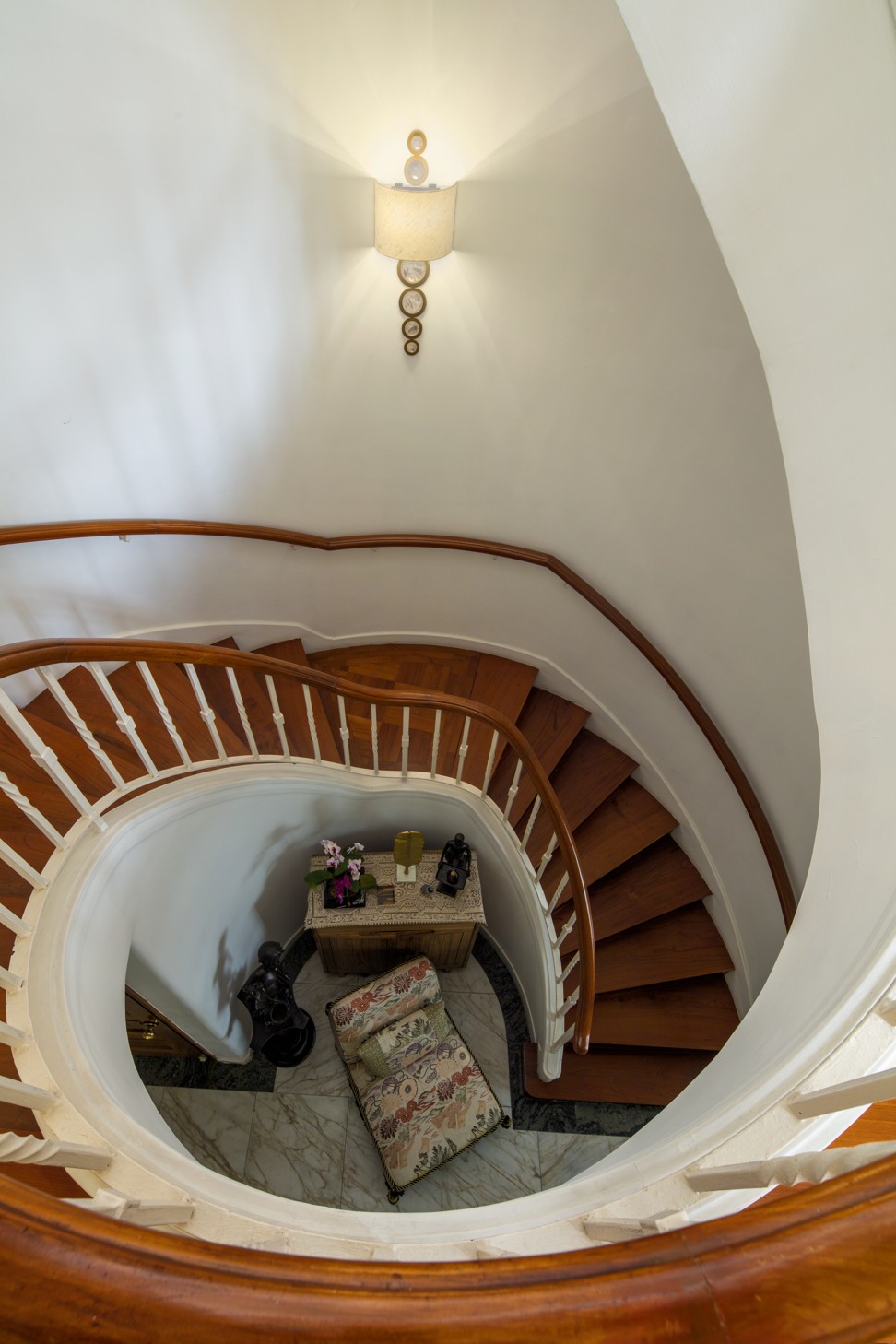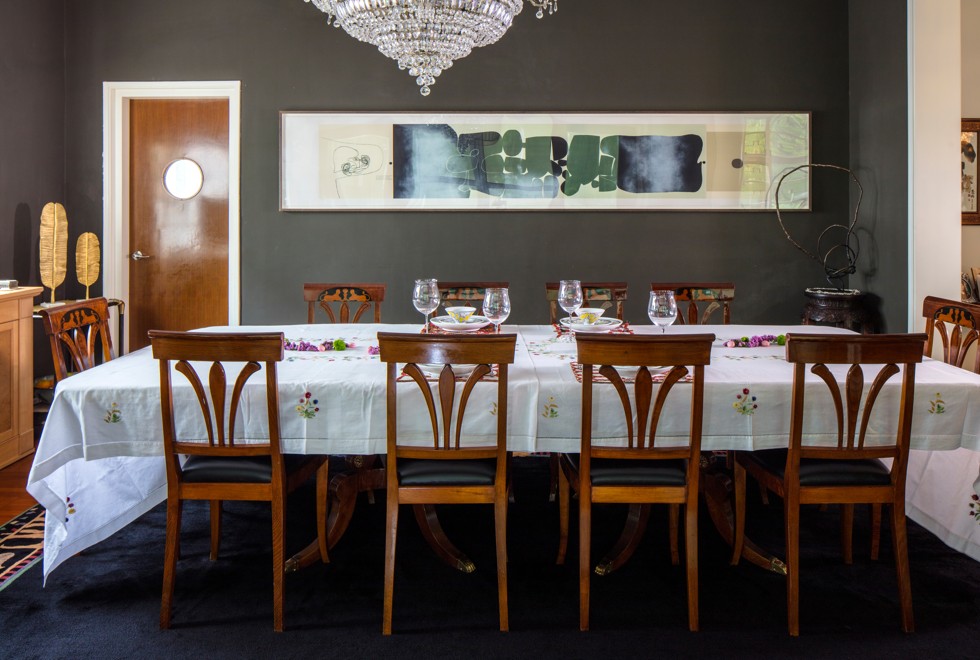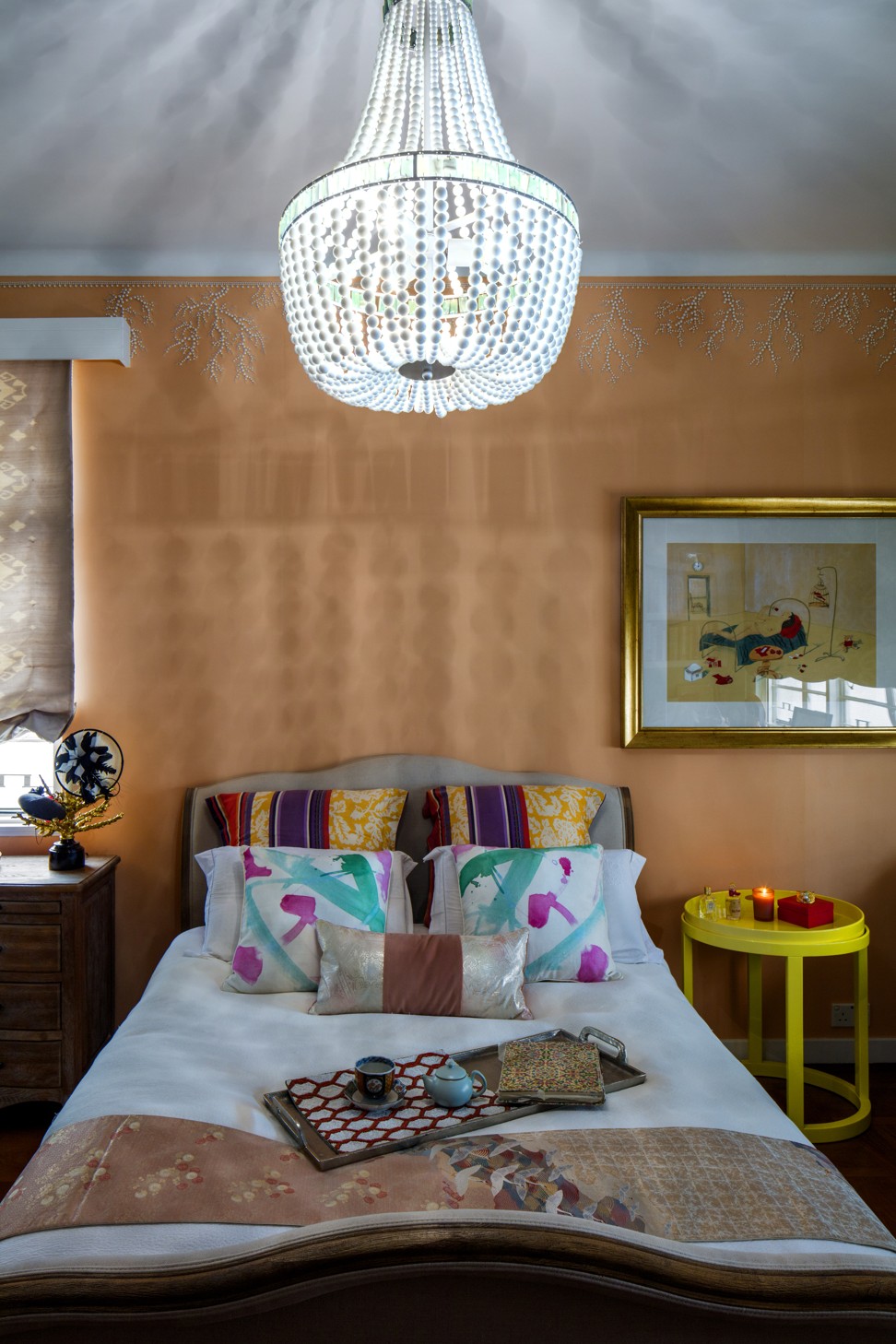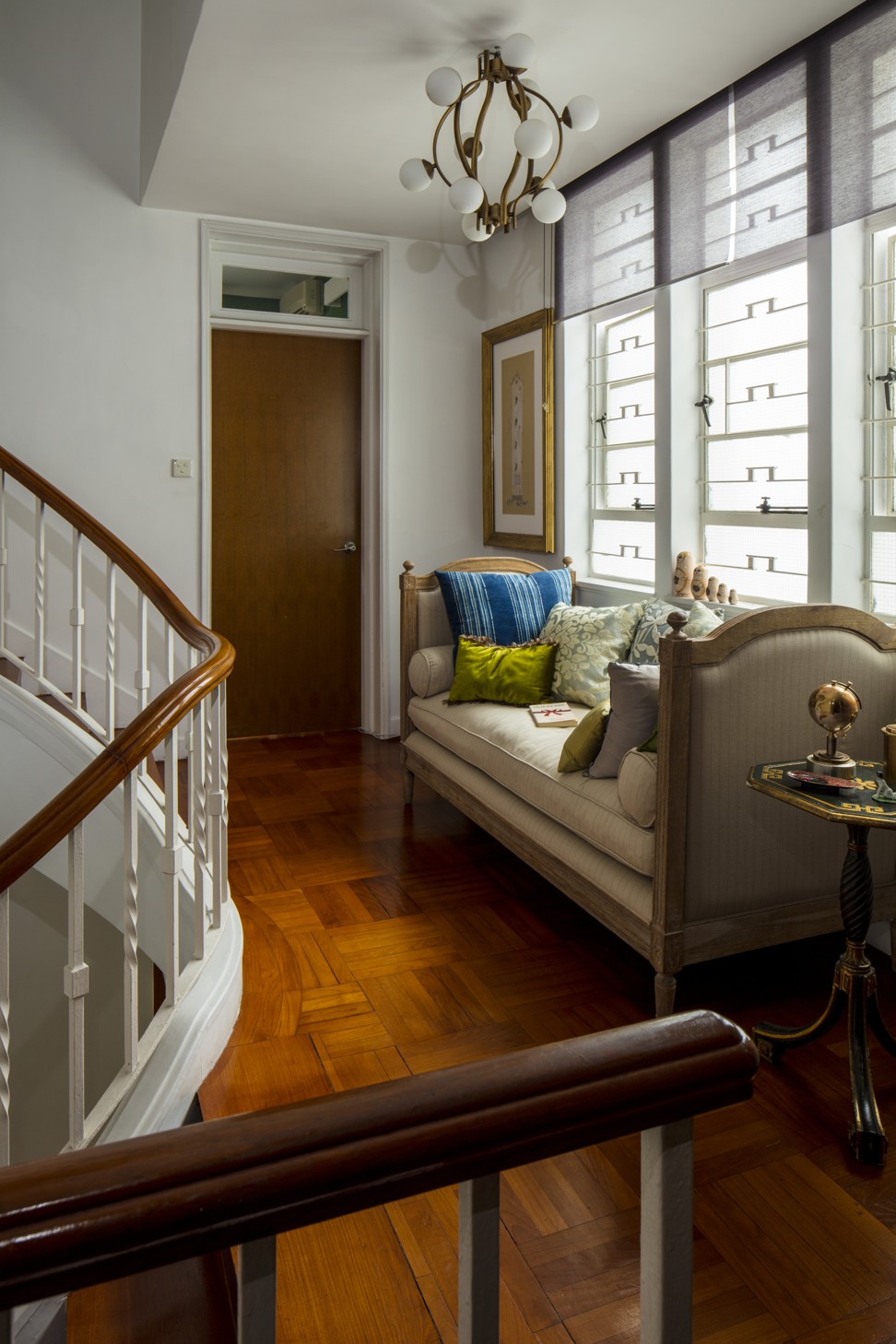
A nod to the past: inside a 1930s home in luxury enclave in Kowloon
The 5,000-plus sq ft home of Hong Kong interior designer Laura Cheung, her siblings and their parents pays homage to the colonial era as well as its occupants’ varied tastes as antiques, heirlooms and art add splendour
We all know what can happen when people with different tastes and needs attempt to find aesthetic harmony. Yet, the family home of interior designer Laura Cheung – whose siblings include art consultant Anne Cheung and restaurateur Chris Cheung – proves that accommodating points of view doesn’t necessarily mean compromising on style and personality.
“Of course, it is challenging to always please everyone but my parents are massively supportive and very hands-off, allowing us to each do what we are good at,” Laura Cheung says.
The only rule: each sibling is expected to be mindful and respectful of their parents’ tastes.
WATCH: Inside Laura Cheung’s home
In practice, this means the three-storey, art-deco house that is part of the Kadoorie Estate, in Kowloon, reflects a blend of contradictions, with antique sitting comfortably with modern, intimate with theatrical, and refined with relaxed. The semi-detached, 5,380-sq-ft residence, one of 86 built in the luxury residential enclave during the 1930s, can be decorated but not renovated, and features the high ceilings, spacious rooms and verandahs typical of its era.
Cheung studied at New York’s Parsons School of Design before completing her master’s in fine and decorative arts at Sotheby’s Institute of Art, in London. Having worked with brands from Tom Ford and Estée Lauder to Zegna, she returned to Hong Kong in 2010 to found her own home-furnishings boutique, Lala Curio.
Her trademark style is a highly decorative, contemporary interpretation of traditional Asian arts and crafts. Think intricate hand-embroidered silk cushions, cloisonné tiles, vintage Japanese obi-upholstered slipper chairs, lacquered boxes and hand-painted wallpaper.
In the house, where her family have lived since 2010, spacious living, dining and salon spaces overlooking a private leafy garden feature an ever-changing collection of Cheung’s vintage textiles and decorative pieces alongside antique Chinese porcelain and Japanese ceramics.
The tastes of Laura’s mother, Hellena Cheung, who prefers an understated aesthetic with strong, simple forms, are met with a pair of sleek, monochrome sofas by Ligne Roset in the living area and a 16-seat burl wood dining table. Laura Cheung’s parents’ families were involved in traditional Chinese decorative arts, with her mother’s side in cloisonné and her father’s in rosewood furniture.
“We make compromises,” says Cheung.
“I come in and throw my fun cushions on. I often change the look by the season. Currently, we have a nude pink palette inspired by fashion but that also has a mid-century feel reflecting our celebration of the old crafts, reinventing artisanship and making it fun and fashionable.”
Cheung says younger people tend to “live with things in a different way”.
“My mother tends to keep her collectibles safe and preserved but I am about playing with them and taking them out to see,” she says. “There is no life to things if you don’t live with them so I like to create areas for favourites, like my grandmother’s cloisonné, to shine.”
This diplomatic approach has stood Cheung in good stead when it comes to designing homes for clients in Hong Kong, Singapore, France, Dubai and Australia.
“A lot of that also comes from my experience working for luxury brands, where you have to translate that identity into a space. Now, with my clients, it is about telling their story, helping them turn it into something usable and harmonious.”
Cheung’s family home is large enough to provide privacy; each of the four bedrooms is en suite.
Cheung’s own room features her signature theatrical touch, with silk wallpaper hand-embroidered with a coral pattern of pearls, and a dramatic monumental white beaded chandelier, whereas her mother’s room is a more subdued affair.
“We are all in the decorative-arts business so my mother often wants a break from it all,” Cheung says. “In the end, our home works because it is not designed as a showroom. It’s made for family life where you can sit, talk and relax, or escape.”
Kitchen The pietre dure marble inlay breakfast table (HK$25,000) was from Lala Curio and the rattan/bamboo chairs (HK$1,840 each) came from HD Buttercup.
TRIED + TESTED









